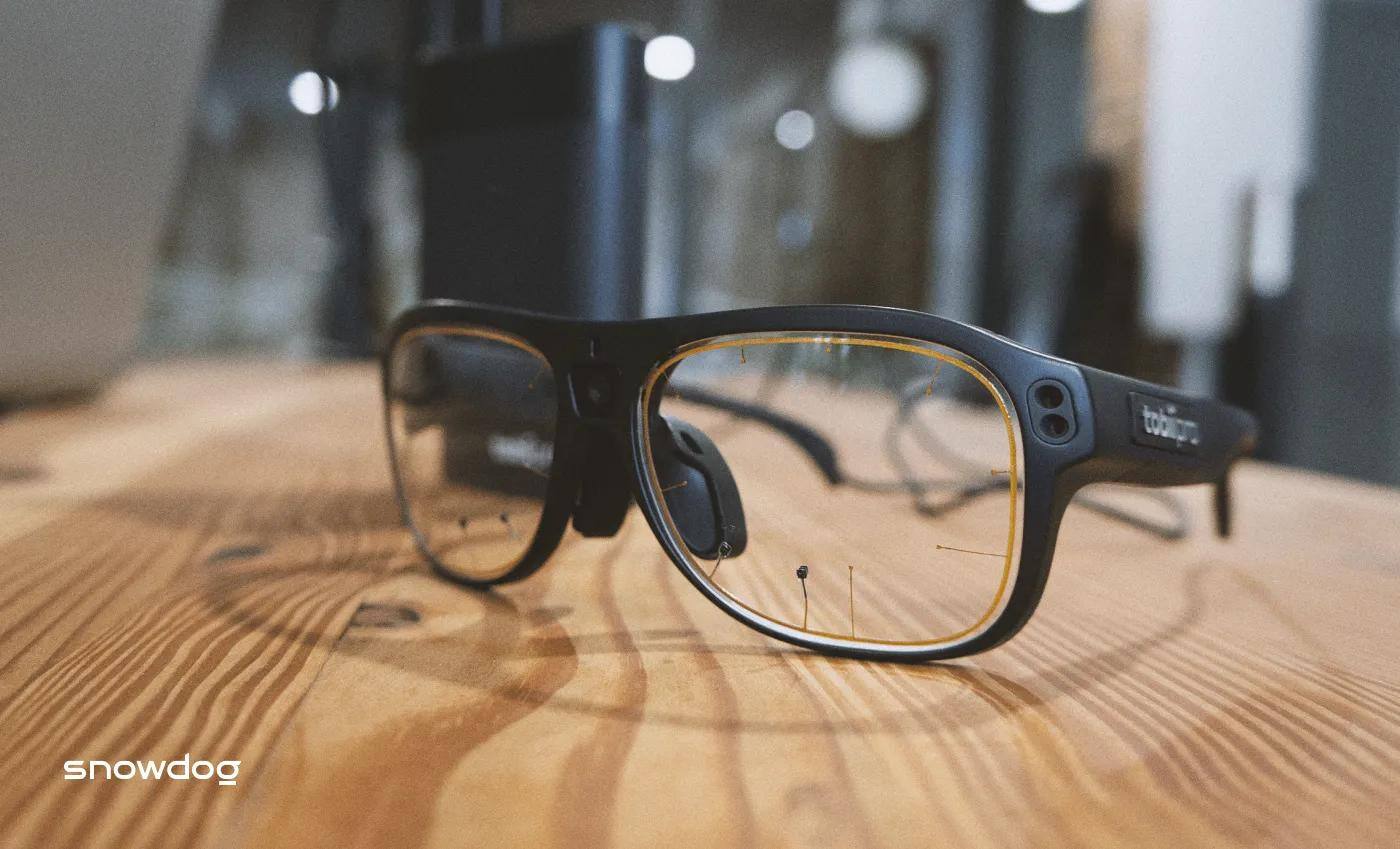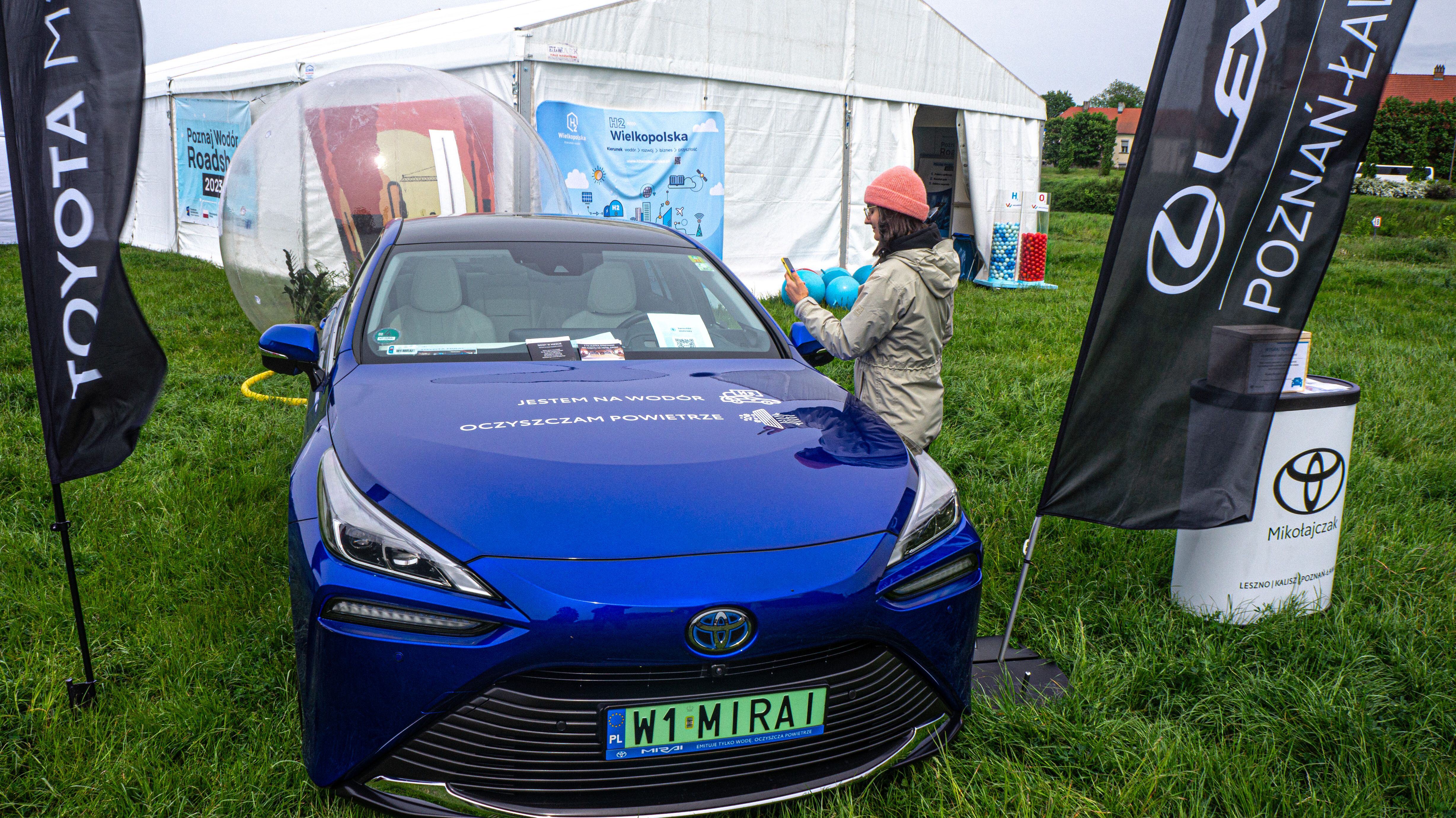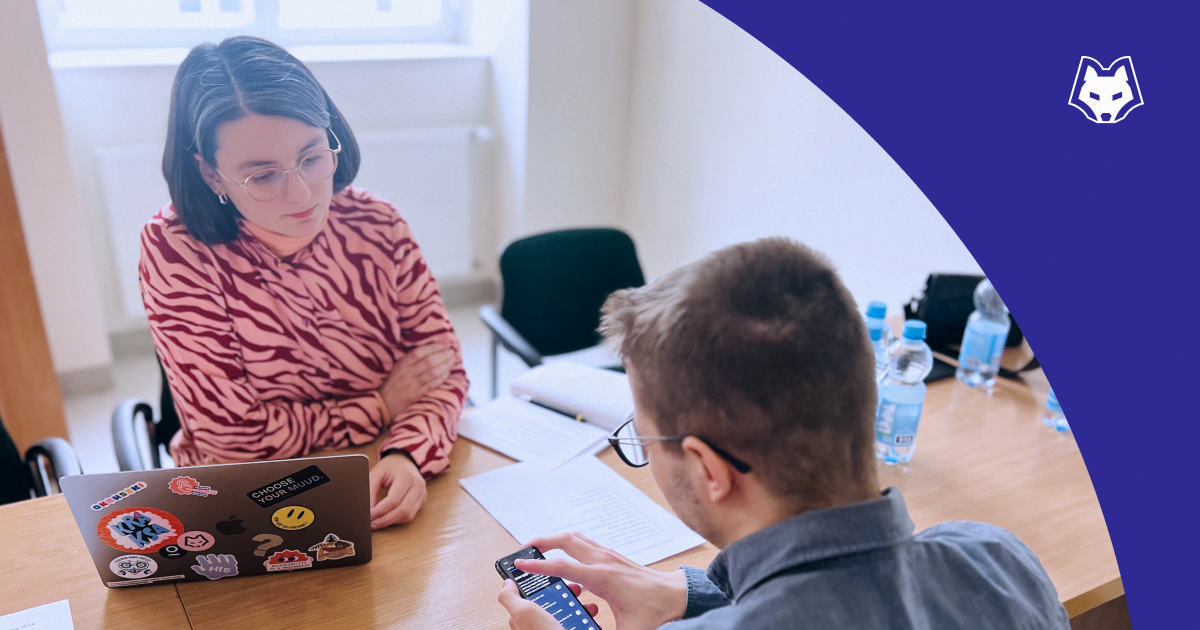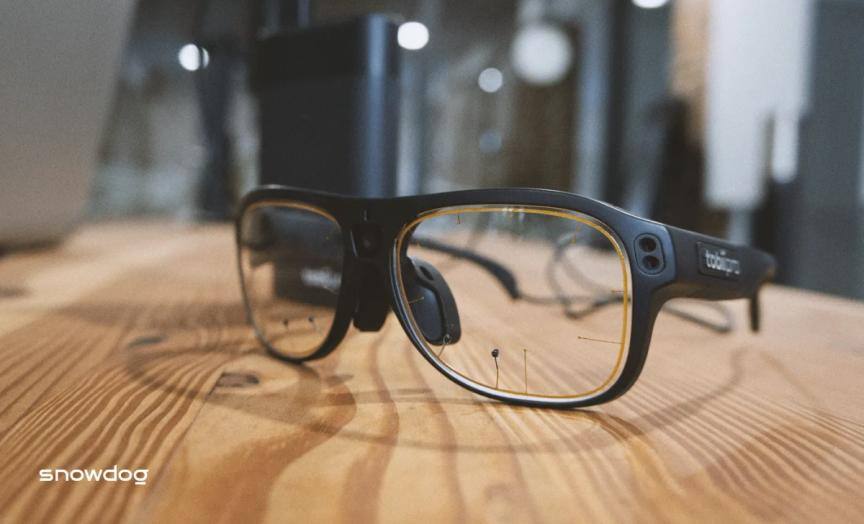
The first time you see eye tracking glasses, you are intrigued, but also full of reserve — putting them on feels a bit like going for an eye check. The first time you see your gaze plot, you’re surprised — am I really so quick and chaotic with the way I’m looking at things? I thought I was methodical and calm! The first time you put an eye tracker on, get up and go for a walk, you feel like a computer game hero. Suddenly you want to explore absolutely everything this way. Does it make sense, though?
*If you’re new to eye tracking, start with an article by Danuta Sęczkowska — Expanding Snowdog’s UX capabilities with eye-tracking technology*
Researcher’s perspective
In UX, the most popular and widely used research methods are pretty down-to-earth (which doesn’t mean they’re boring!). Eye tracking is more than that. It is an extraordinary way of looking at the world with someone else’s eyes.
There is a high correlation between gaze and attention. The way from attention to one’s thoughts is very short. While watching someone’s gaze plots, you won’t be able to get rid of the impression that it’s a bit like gaining access to that person’s mind.
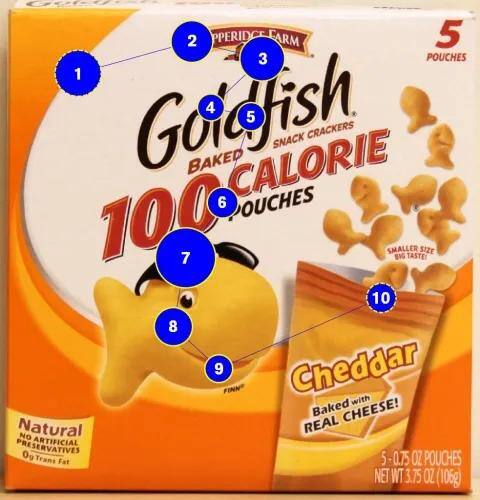
This is why eye tracking is so fascinating. It’s also why it’s so important to be ethical when conducting research. Informing users about the nature and the purpose of the study, and storing the results securely and anonymously, is a crucial part of the work.
No goal? No research!
Being a UX researcher is a constant balancing act between following your curiosity and keeping it in check. After all, you can research really anything. Every answer we get raises more questions, every step forward shows us more possible paths, and every open door leads us to the next. It’s tempting to go deeper and deeper into this maze.
It is necessary to impose a research discipline on oneself to avoid information overload. A mass of vague data results in nothing but the tapping of fingers on the irritated stakeholders’ table. The starting point is to formulate a research objective. Eye tracking is no different.
What is our goal? What do we want to study?
“Just explore” is not a good answer here, in fact, it’s the shortest way to get lost in the research maze. “We will definitely find something interesting” is not a good argument. We most likely will. Usually, something captivating is going to be found, but is it rational to use an expensive research method like eye tracking just to explore carelessly?

Decision tree
We need to honestly answer whether a study using eye tracking will give us actionable insight into the topic we planned to study. Will we be able to do something with these results, and will a specific design or business decision be possible?
If not, it’s not worth it, we’ll fall into the trap of exploration for exploration’s sake and be left with a lot of unclear data, but no constructive conclusion.
If yes, the eye tracking study will give us actionable insight, that’s good, but that’s not the end of the hard questions.
The next question we face is whether the answers we are looking for can be obtained in simpler ways. Let’s not forget that eye tracking is just one of many research methods. Don’t let its attractiveness deceive us. Often, a usability test with a think-aloud protocol — a simple and very powerful method — will give us similar insights.
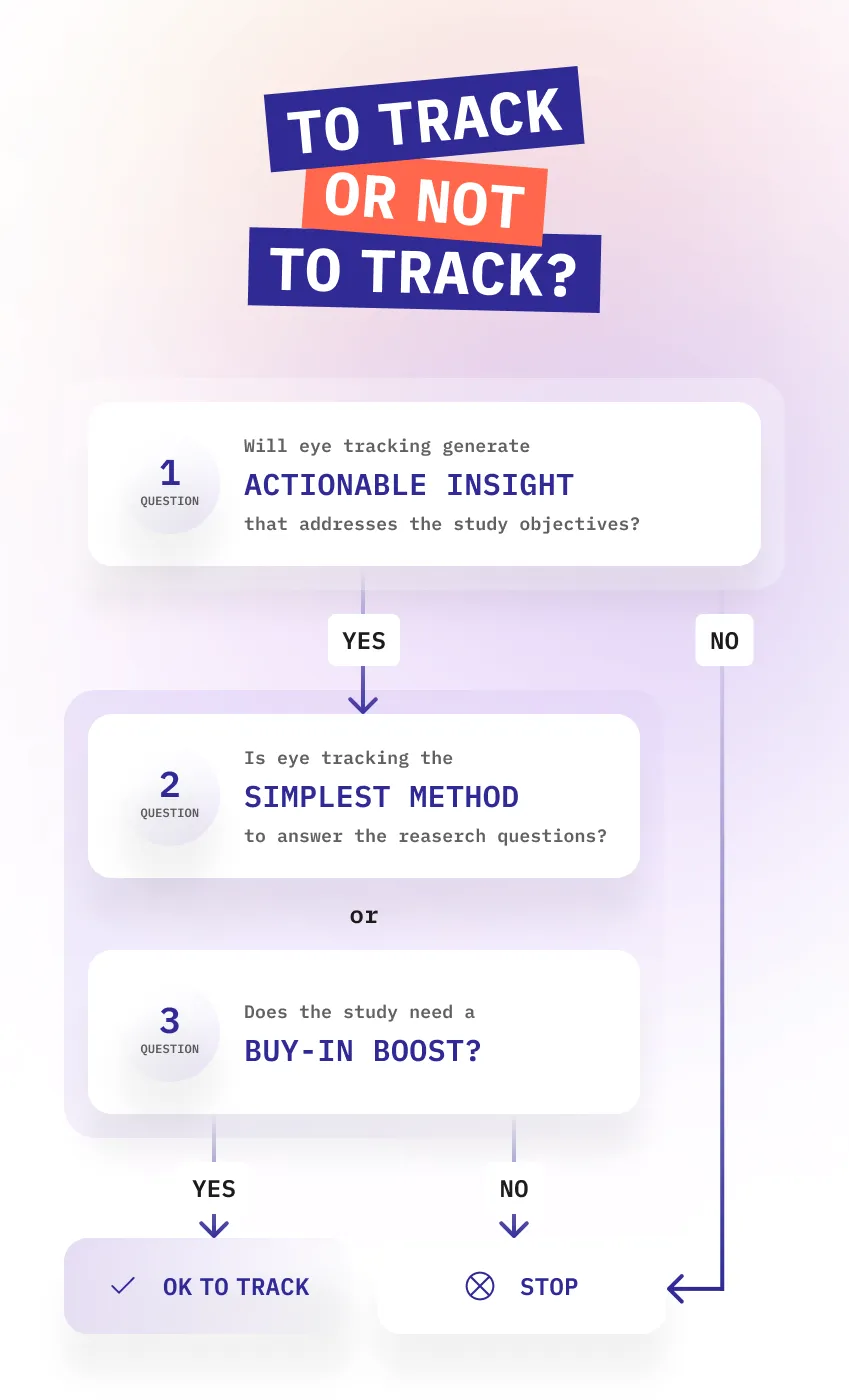
A declaration is… just a declaration
Inconsistencies between what people declare and how they act are an inherent feature of human nature. If it is crucial for the study to understand what users are looking at regardless of their actions (or on the contrary, what they are not looking at), then eye tracking gets a big yes.
It could be, for example:
- checking after how long the respondent looks at the target
- which location of the advertisement on the site attracts more glances
- which elements customers in stationery stores do not notice at all, although we want them to
- which product packaging draws attention among others
- whether the respondent was lost doing a task on the site
Those are only a few examples of possible research.
Buy-in boost
Even if we have to answer “no” to whether eye tracking is the simplest method by which to get answers to the questions posed, that doesn’t yet mean that there are no exceptions.
Despite the growing awareness around the importance of understanding users, their needs and motivations for companies and brands, UX research sometimes struggles to get off the ground beyond early discovery phases. Testing, on the other hand, often occurs towards the end of a product life cycle, where there is less opportunity to change and modify the product. The most optimal and economical approach is to include UX analysis across the whole product lifetime.
How to convince decision-makers? Preferably with something attractive. Preferably some kind of image, which, as we know, is worth a thousand words. Here, eye tracking is perfectly suited. It has everything that traditional methods lack, regardless of their usefulness and effectiveness. It is inseparable from high-tech equipment, intrigues by the very way it works, and arouses curiosity. Likewise, it gives the illusion of reading users’ minds. Provides deliverables that can look like a computer game. It’s way more attractive than charts and tables, however valuable they might be.
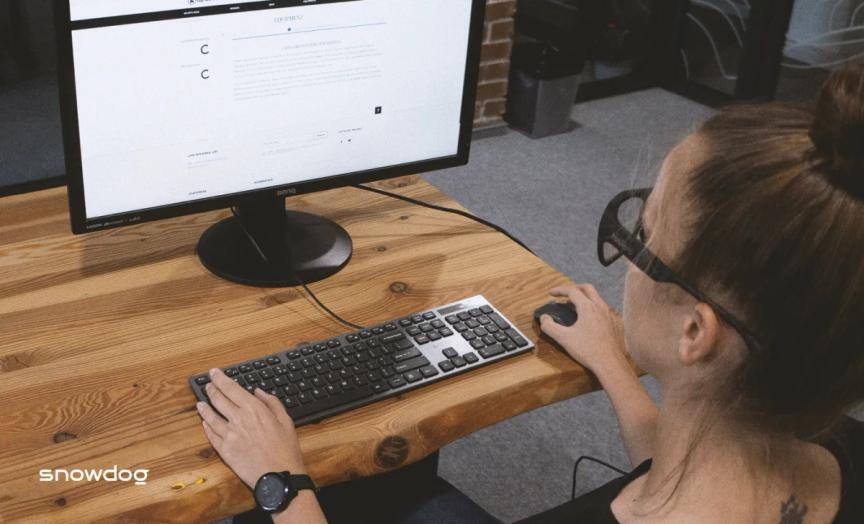
That’s why often it’s worth betting on eye tracking, even if we can get similar answers to research questions by a simpler and cheaper method. Let’s sit executives down and show them how users look at their products. Not how they declare they look, but how they really look. How do their saccades run? Where do the fixations spin? What they can’t take their eyes off, and what they bypass as if it doesn’t even exist. The executives’ interest is guaranteed. They will probably want more. But be careful! Don’t let them get lost in the maze.

